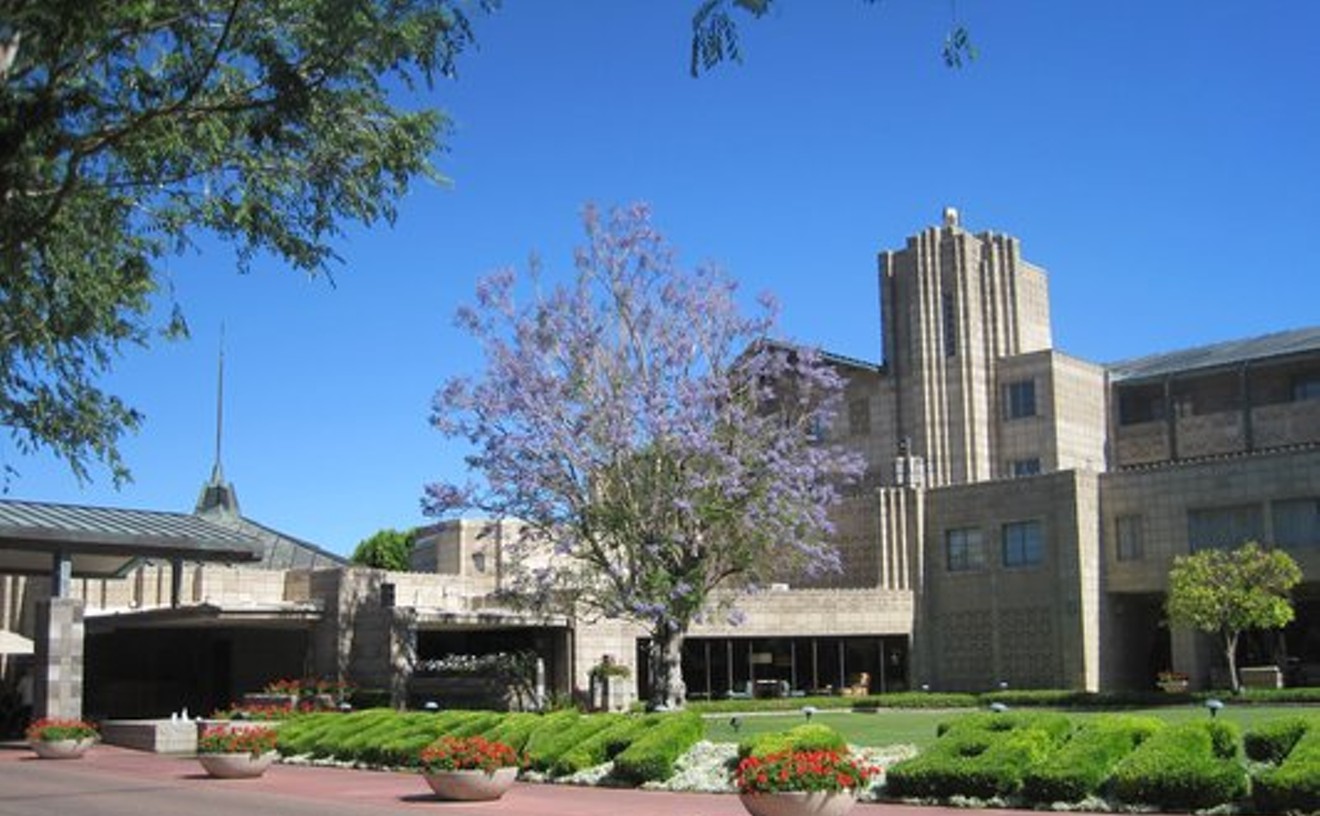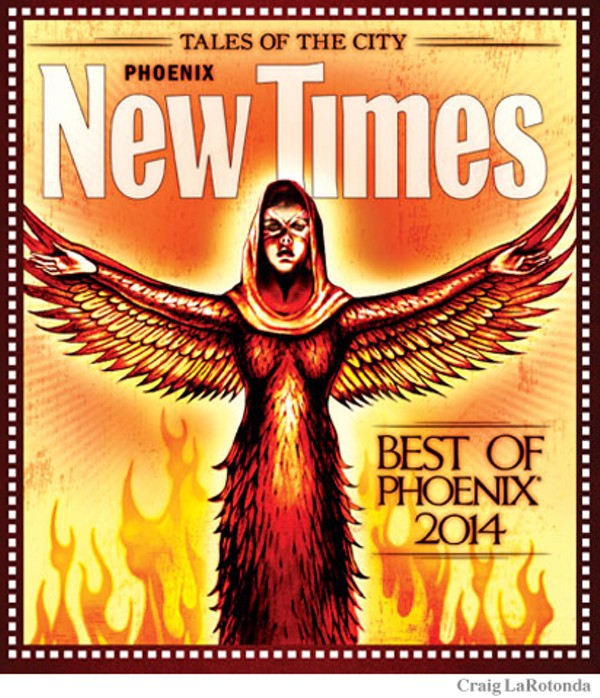Who says no good deed goes unpunished? Not former president Bill Clinton, certainly. When Clinton pardoned former Arizona Governor Fife Symington in January 2001, wagging tongues said it was because Symington had long before saved a young Clinton from drowning — literally, not politically.
Legend has it that when they were college students in the 1960s — Symington at Harvard, Clinton at Georgetown — Fife saved young Billy at a beach party in Massachusetts, yanking him out of the water just as Clinton was being pulled away by a strong tide.
Nearly 40 years later, in September 1997, Symington was being indicted on 21 federal counts of extortion, making false financial statements, and bank fraud. Convicted of seven of those counts, Symington was forced to resign from office.
Two years later, the conviction was overturned when the Ninth Circuit Court of Appeals ruled that a juror's dismissal during proceedings had violated Symington's right to a fair trial. Just as the government was revving up to retry Symington, Clinton sent the former governor a get-out-of-jail-free card, issuing a pardon that effectively terminated the opportunity for retrial.
In stories recounting the Clinton-Symington pardon, the watery rescue is almost always tagged on as a footnote. Let's hear it for water safety!






